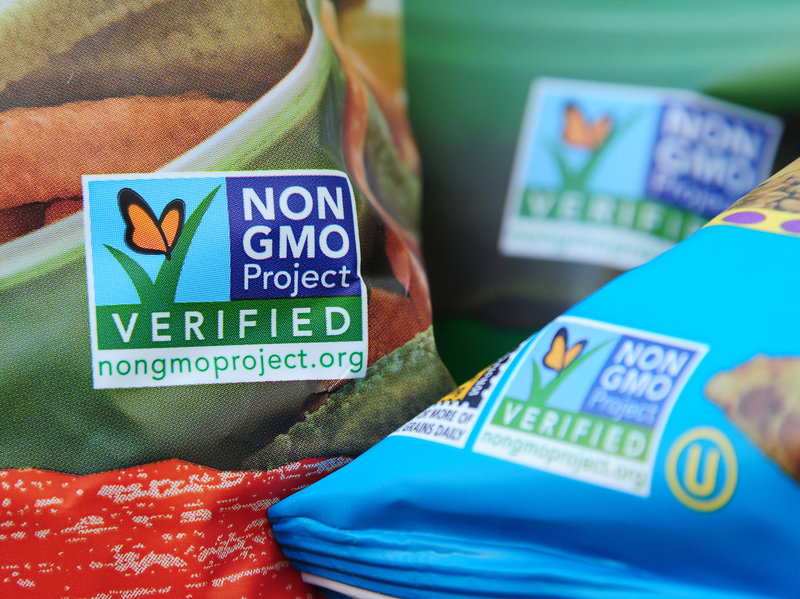
As the main grocery shopper in my house, I am constantly scanning food labeling and signage at the grocery store. I’ve recently noticed that more and more products are advertising with enticing labels such as “non-GMO,” “cholesterol free,” “organic,” “superfoods,” etc. This led me to wonder what qualifications a product must meet in order to obtain such a label and therefore demand a premium price. The label of particular interest to me was that of non-GMO, especially given the recent media attention it has received via Netflix documentaries and other sources. According to the Non-GMO project, a GMO is defined as, “a plant, animal, microorganism or other organism whose genetic makeup has been modified in a laboratory using genetic engineering or transgenic technology.” This seems simple enough, right? Wrong.
After doing a bit more research regarding products that are commonly labeled as non-GMO, I made an interesting discovery. There are actually only a limited number of products that have actually been subjected to genetic alteration thus far, yet over 50,000 products on the market have been labeled as non-GMO. For reference, the products currently using GMO technology include: apples, potatoes, corn, canola, alfalfa, soybeans, rainbow papaya, cotton, sugar beets and summer squash.
This raises a major ethical question—should retailers and manufacturers be allowed to use the “non-GMO” label on products that are not physically able to be genetically modified with current technology to demand a higher price from the consumer? Personally, I think not.
To take this one step further, there has been a recent trend for products containing no genes at allto be labeled as GMO-free. For example, consumers now have the option to buy GMO-free water, vodka, kitty litter, dish soap, and even condoms! Again, none of these products even contain any genetic material whatsoever, yet they are marketed as such and—yup you guessed it, are priced at a premium.
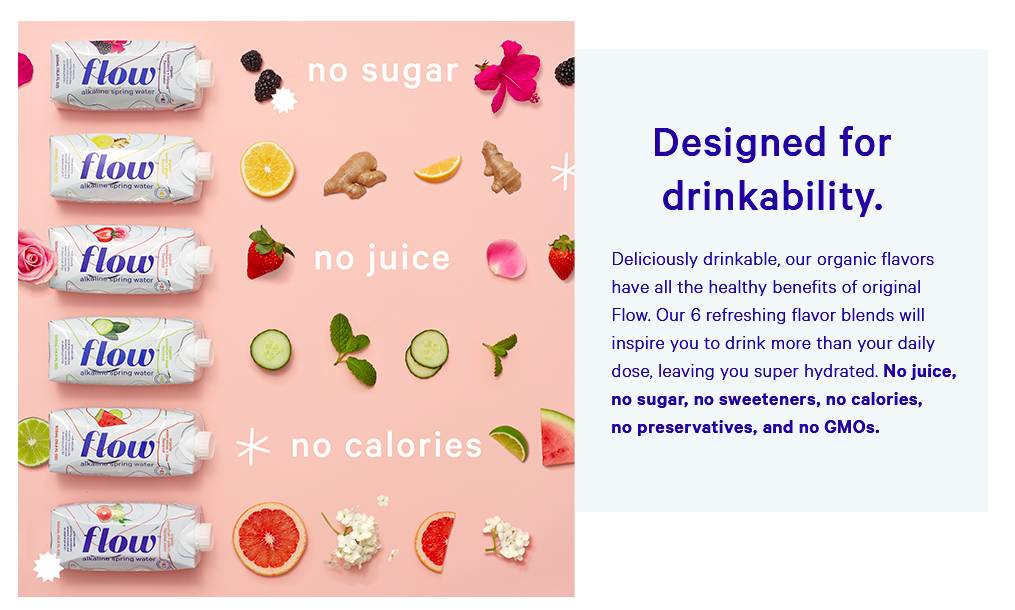
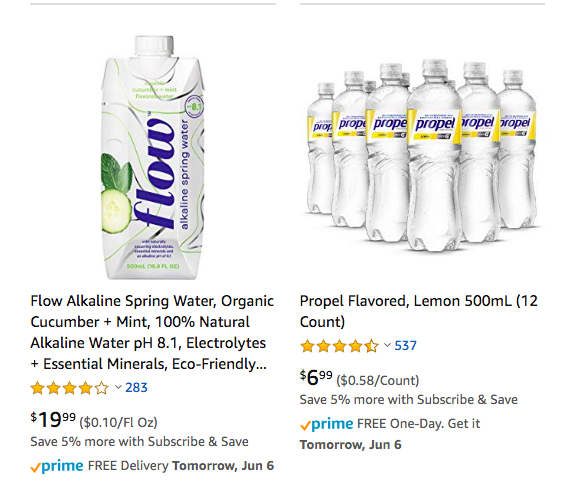
This truly begs the question—how far should companies be able to push the non-GMO label (or any other misleading language for that matter) on these types of products? Is it the responsibility of the companies selling these products to resist misleading consumers, or should consumers seek to further educate themselves on these types of things to avoid being duped?
GMO isn’t the only label being abused in today’s marketplace. In fact, the term “natural” is one of the few remaining that is not actually defined by the Food and Drug Administration (FDA). As long as food products do not contain any added colors, flavors, or “synthetic substances,” they can be labeled as “natural.” As an example, a food can still contain preservatives (such as sodium) or even high fructose corn syrup (because it is a derivative of corn) and still be labeled as “natural.” Scary, right?
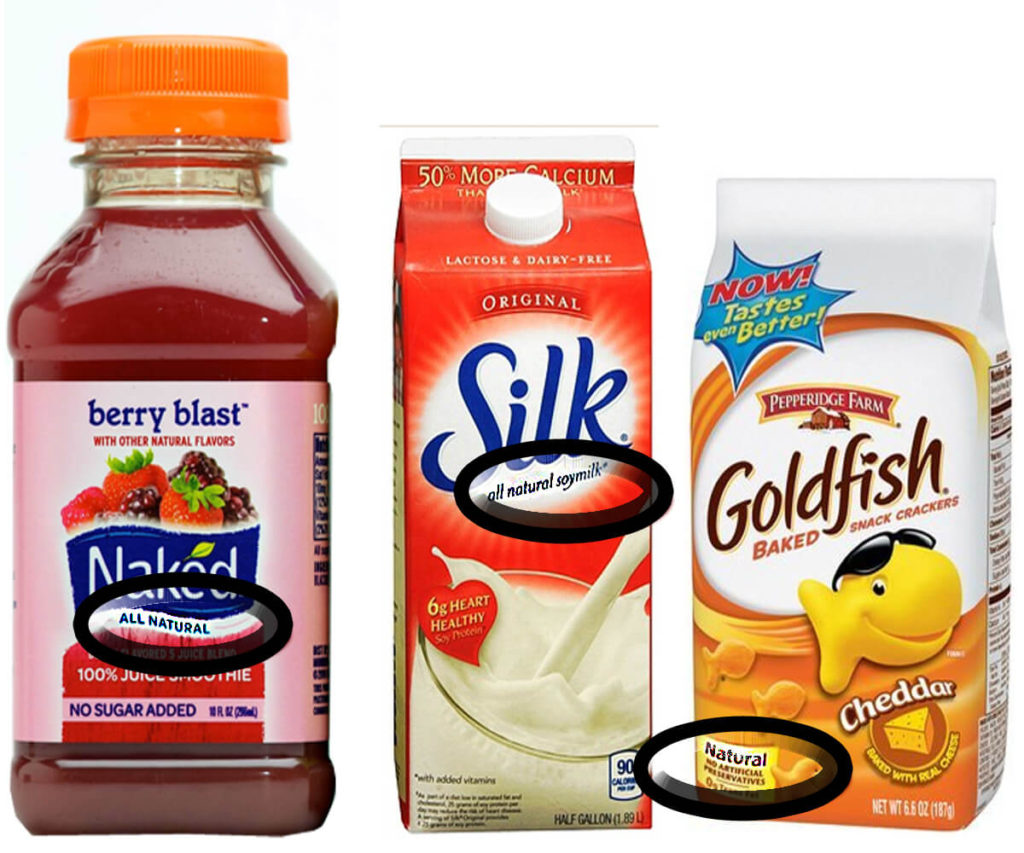
In addition to the so-called “label abuse” that is occurring in the market place, there are also many instances of consumer misinterpretation of what labels mean and what regulations exist for quality control. An excellent example of this is the use of terms such as “free range,” “pasture raised,” or “cage free.” While these terms might bring to mind an image of animals living in wide open spaces 24 hours a day, there are no government regulations in the U.S. to ensure this in reality. According to the U.S. Department of Agriculture (USDA), the term “free range” simply means that birds, in this case chickens, must “have access to the outdoors for an undetermined period each day.” This means that chickens canlive outdoors most of their lives with access to shelter at their leisure, however, it also means that chickens can spend the majority of their time in small, indoor spaces with outside access for only a few minutes out of the day. Obviously, there is a major difference between these two scenarios, and producers can essentially use this label at their leisure, so long as they comply with USDA’s lenient regulatory language.
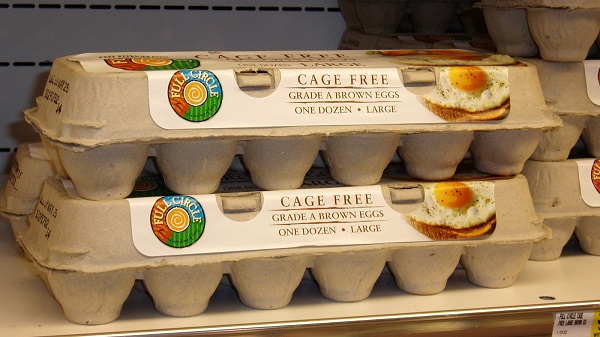
In today’s world, it is more important than ever that consumers take the time to educate themselves on labeling terminology and regulations. Don’t get me wrong, there are many regulations that do ensure what we see is what we get, but there are also clearly some holes in the way certain terms are currently regulated. Until these are modified, there is no way we can guarantee they mirror our individual interpretations. So next time you are out shopping, keep this information in mind and be sure to do your own research on anything you may be unsure about. Who would have ever thought shopping for food would become so complicated?
Sources:
https://www.nongmoproject.org/gmo-facts/what-is-gmo/
https://www.npr.org/sections/thesalt/2015/01/20/378361539/how-your-food-gets-the-non-gmo-label
https://www.health.com/health/gallery/0,,20599288,00.html?slide=125625#125625
https://www.thebalancesmb.com/what-does-free-range-really-mean-2538247
